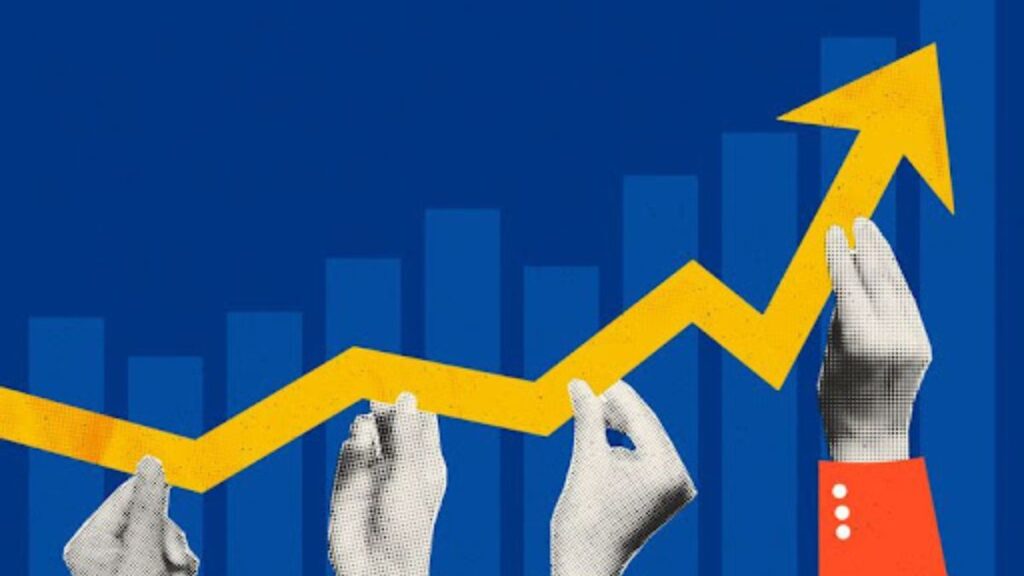Introduction to Frehf
The landscape of commerce is shifting under our feet, and at the heart of this transformation lies a concept that’s gaining rapid traction: frehf. As we look ahead to 2025, it’s clear that consumer preferences are evolving in fascinating ways. Frehf represents more than just a trend; it’s a movement reshaping how we think about goods and services. From sustainability to personalized experiences, this new paradigm captures the essence of modern expectations.
But what exactly is frehf? Imagine a world where convenience meets conscious consumption—a space where technology enhances our buying decisions while prioritizing ethical choices. It’s not just about purchasing; it’s about building connections with brands that resonate on multiple levels.
As consumers become increasingly aware of their impact on the planet and society, businesses must adapt or risk being left behind. The rise of frehf isn’t just an opportunity for innovation but also a call-to-action for companies willing to embrace change. Let’s explore how this dynamic shift is unfolding across industries and what it means for all stakeholders involved.
The Evolution of Consumer Behavior and Preferences
Consumer behavior has undergone a dramatic shift in recent years. As technology advances, so do the expectations of shoppers. Today’s consumers seek personalized experiences that cater to their individual needs.
The rise of frehf reflects this desire for authenticity and transparency. Shoppers now prioritize brands that resonate with their values. Ethical sourcing and sustainable practices have become non-negotiable for many.
Additionally, social media plays a pivotal role in shaping preferences. Influencers sway opinions and drive trends faster than ever before. Word-of-mouth recommendations carry significant weight in decision-making processes.
Mobile shopping is another game-changer. With smartphones at hand, consumers demand convenience and instant gratification. They want seamless interactions across platforms while exploring products they love.
As we navigate this evolving landscape, understanding these shifts becomes crucial for brands aiming to thrive in an increasingly competitive market.
Technology’s Role in Driving the Rise of Frehf
Technology has become the backbone of frehf, shaping its growth and accessibility. Advanced algorithms analyze consumer behavior, allowing businesses to tailor experiences that resonate deeply with individuals.
The rise of mobile devices plays a critical role too. Users have unprecedented access to information and services anytime, anywhere. This convenience fuels the demand for frehf solutions that are instant and user-friendly.
Artificial intelligence is another game-changer. From personalized recommendations to chatbots enhancing customer service, AI streamlines operations and enhances engagement.
Blockchain technology also offers transparency and security in transactions related to frehf initiatives. As trust becomes paramount in consumer choices, this tech provides an essential foundation.
Cloud computing enables scalability for emerging businesses within the frehf space. It allows companies to innovate rapidly without heavy upfront costs or infrastructure burdens, making it easier for new players to enter the market.
Key Industries and Companies Embracing Frehf
Key industries are rapidly adopting frehf principles to stay competitive. Retail is leading the charge, focusing on personalized experiences and sustainability. Brands are leveraging data analytics to cater to consumer needs more effectively.
The tech sector isn’t far behind. Companies like Apple and Google integrate frehf into their services, enhancing user engagement through innovative solutions. This approach creates a seamless experience that resonates with modern consumers.
Healthcare is also catching up. Telehealth platforms are embracing frehf by offering virtual consultations tailored to individual patient preferences. This shift improves accessibility and convenience for all.
Even food and beverage brands recognize the potential of frehf. By promoting transparency in sourcing and production processes, they build trust with health-conscious customers eager for authenticity.
These industries illustrate the diverse applications of frehf, demonstrating its profound impact across various sectors as they adapt to changing landscapes.
The Impact on Traditional Business Models
The rise of frehf is reshaping traditional business models across various sectors. Companies are rethinking their strategies to stay relevant in this evolving landscape. Traditional hierarchies are giving way to more agile, decentralized approaches.
Businesses that once thrived on long-term contracts now focus on flexibility and customer-centric solutions. This shift allows them to respond quickly to changing consumer demands and preferences.
Moreover, the emphasis on sustainability has forced companies to examine their supply chains critically. Many are adopting eco-friendly practices as part of a broader commitment to social responsibility that resonates with today’s consumers.
Competition is also intensifying as new players enter the market with innovative frehf offerings. Established businesses must adapt or risk obsolescence in an environment where adaptability is key for survival and growth.
Potential Challenges and Risks for Frehf
Frehf is capturing attention, but it doesn’t come without hurdles. As this trend gains momentum, businesses must navigate a complex landscape of consumer expectations and market demands.
Data privacy remains a significant concern. With an increasing reliance on digital platforms, companies need to ensure that user data is protected. A breach can tarnish reputations and erode trust.
Competition in the Frehf space is intensifying. New entrants are emerging daily, each vying for customer loyalty. This saturation could lead to price wars or diluted brand identities.
Additionally, regulatory challenges loom large. Governments worldwide are scrutinizing new business models closely, potentially imposing restrictions that could stifle innovation.
There’s the risk of over-reliance on technology. If systems fail or become outdated too quickly, businesses embracing Frehf may find themselves at a disadvantage when adapting to change.
Conclusion: Embracing the Future of Frehf
The future of frehf is bright and full of potential. As consumers increasingly prioritize sustainability, personalization, and convenience, businesses have a unique opportunity to adapt and thrive in this evolving landscape.
Companies that embrace the principles of frehf will not only meet consumer demands but also foster deeper connections with their customers. This shift requires innovation and an openness to change traditional business models.
While challenges exist—such as market saturation and technological adaptation—the rewards are significant for those willing to take the leap. By harnessing new technologies and staying ahead of trends, businesses can position themselves at the forefront of this movement.
Frehf isn’t just a passing trend; it’s becoming integral to how we engage with products, services, and each other. Embracing it means welcoming a new era where responsibility meets profitability—a win-win for everyone involved.







